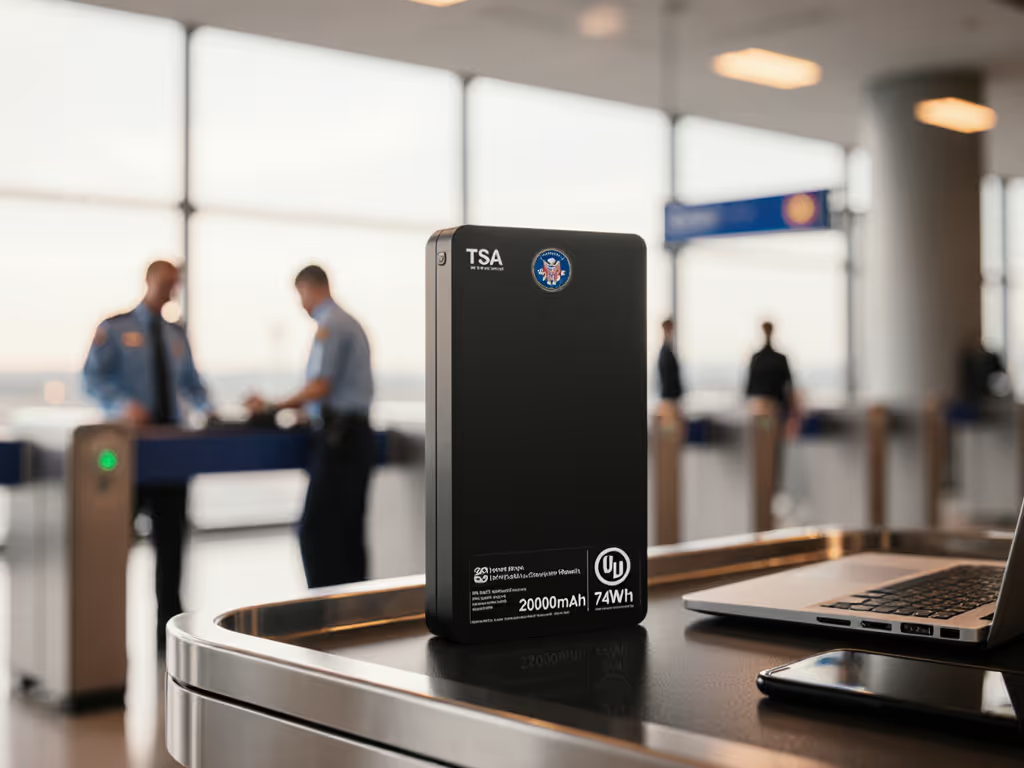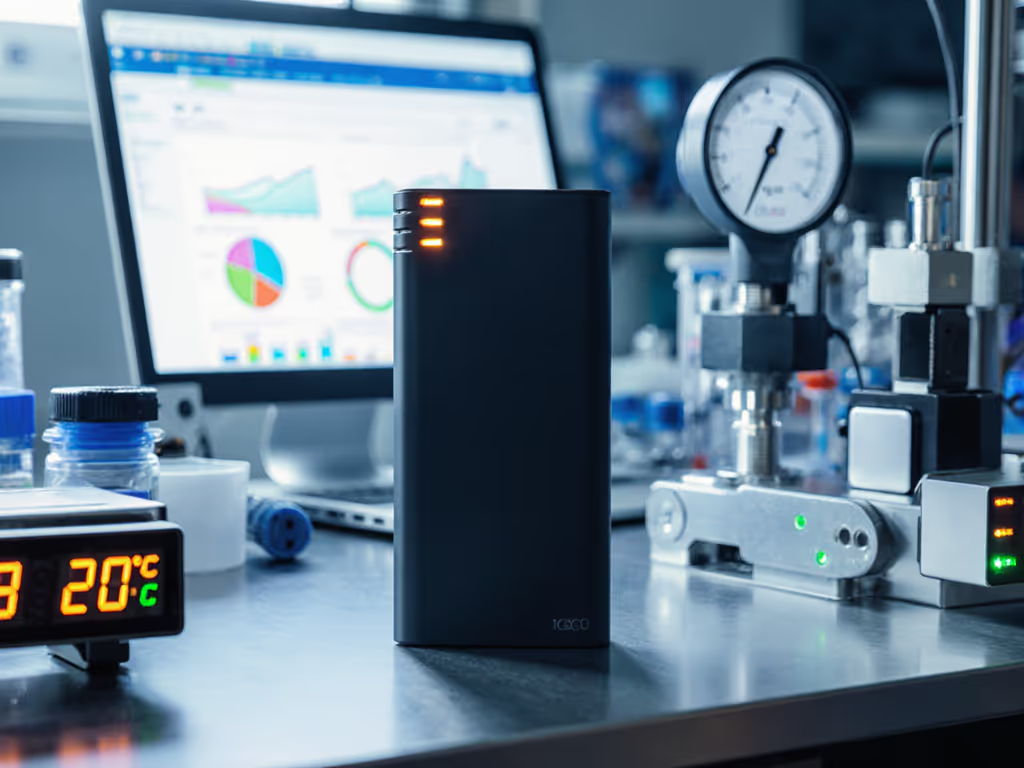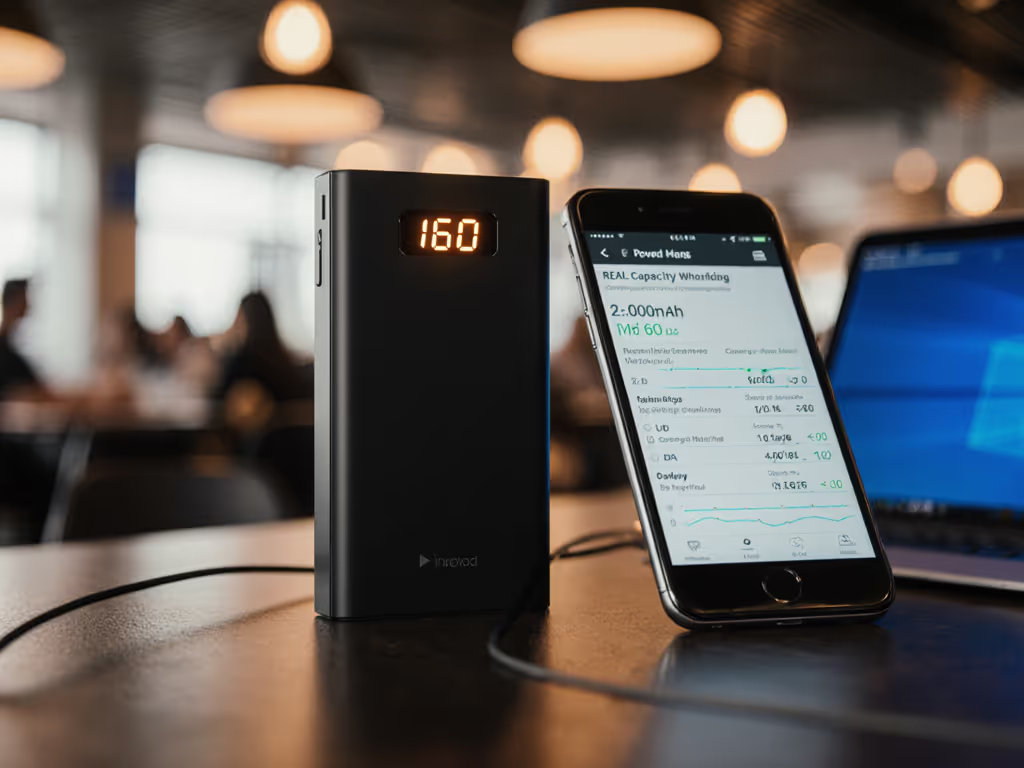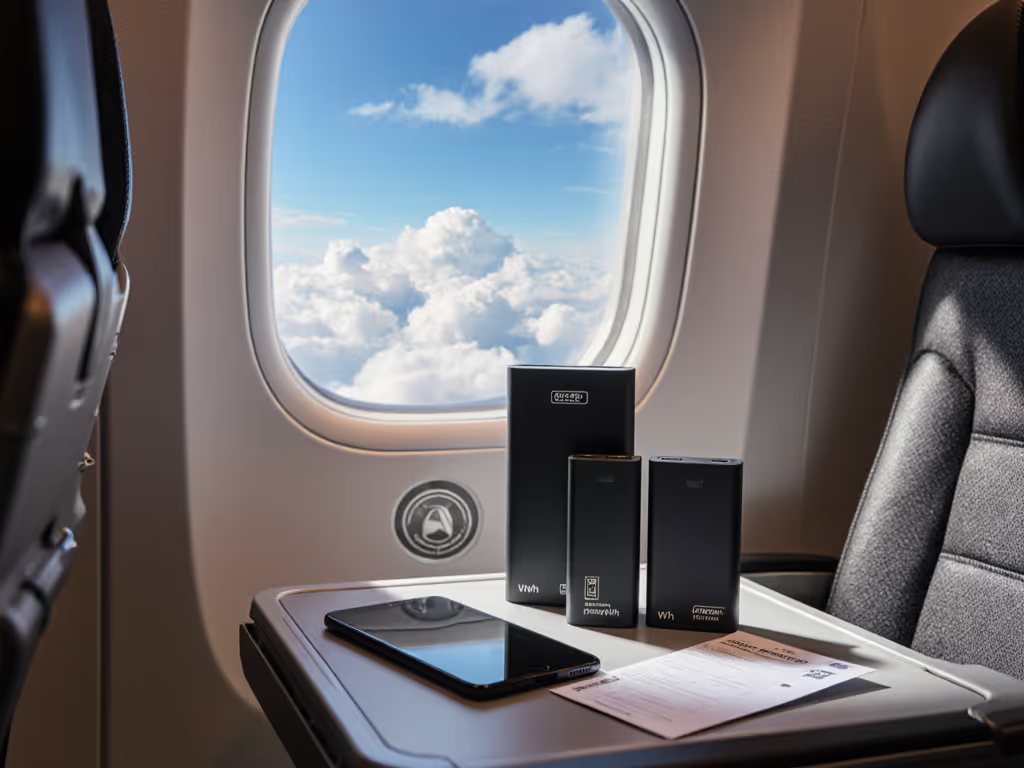
PD vs QC Power Banks: Avoid Charging Mismatches Now
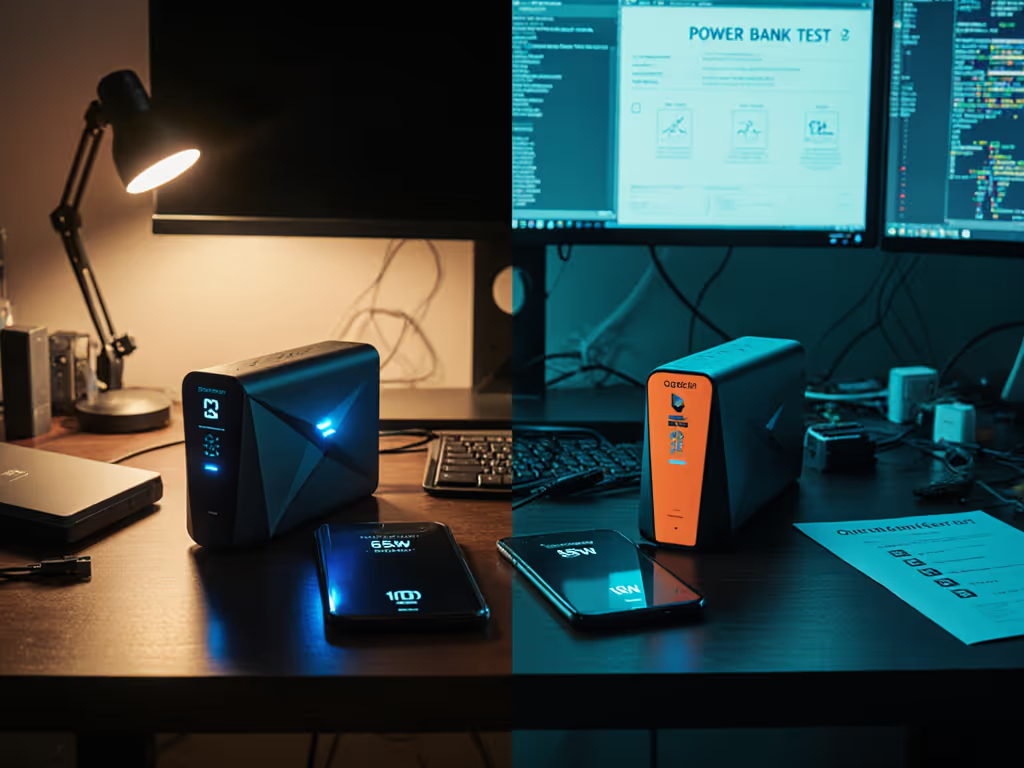
When selecting a power bank with fast charging, understanding PD vs QC explained is non-negotiable for preventing mid-trip failures. I've witnessed travelers lose critical work devices at airport security due to skipped watt-hour labeling, a flaw that turns a $50 power bank into a paperweight. This isn't about technical curiosity; it's about operational readiness where protocol mismatches trigger lost productivity, airline confiscations, and safety risks. Let's dissect the compliance-critical distinctions using normative references cited in IEC 62368-1 and UN38.3 Section 38.3.4.
The Core Protocol Divide: Why Your Device Rejects "Fast" Charging
How PD and QC Fundamentally Negotiate Power
Power Delivery (PD) and Qualcomm Quick Charge (QC) operate on divergent communication architectures. For device-specific recommendations, see our PD vs QC comparison. PD (standardized by USB-IF under USB Type-C Specification 2.3) uses structured Source_Capabilities messages to dynamically negotiate voltage (5V-48V) and current (up to 5A) based on device requests. This enables precise labeling language (Wh, limits) for cross-platform scalability from earbuds to laptops. QC, however, relies on proprietary voltage stepping (5V/9V/12V) controlled by Qualcomm's chipset, often communicating via DP/DM line modulation. Crucially, QC's adaptive fast charging lacks PD's universal handshake protocol, creating device-specific silos.
Safety paperwork and labels are features, not afterthoughts. A watt-hour omission isn't paperwork; it is a checkpoint failure waiting to happen.
Key Technical Mismatches Causing Charging Failures
| Parameter | Power Delivery (PD) | Qualcomm Quick Charge (QC) |
|---|---|---|
| Voltage Range | 5V, 9V, 15V, 20V, 28V, 36V, 48V (EPR) | 5V, 9V, 12V (QC5: 20V max) |
| Current Profile | Up to 5A (PPS: ±20mV precision) | 1.5A-3A (QC5: 6.7A max) |
| Device Scope | USB-C ecosystems (Apple, Samsung, PCs) | Primarily Snapdragon-powered Androids |
| Critical Risk | Profile mismatch during brownouts | Incompatible IC triggering thermal shutdown |
Real-world consequence: A QC5 power bank advertised as "100W" may deliver only 18W to a MacBook Pro due to absent 20V negotiation, while its lack of UN38.3-compliant Wh labeling risks confiscation. PD 3.1 EPR (240W) avoids this through explicit Source_Capabilities messages, but only if the power bank's protection ICs enforce IEC 62619 discharge limits.

Airline Compliance: Where Protocol Gaps Become Safety Hazards
The Watt-Hour Labeling Imperative
Your power bank's fate at security hinges on power delivery technology documentation, not marketing wattage. IATA Resolution 625 mandates:
- Explicit Wh rating (not mAh) per IEC 61960
- UN38.3 Test Summary with Section 38.3.4.2 thermal test data
- Protection IC validation against over-discharge (≤2.5V/cell)
QC implementations frequently omit Wh labels, assuming Android users won't travel with laptops. But when a QC power bank's internal BMS fails to log cell-level voltage during PD negotiation (a QC5 limitation), it violates UN38.3 Section 38.3.4.5 short-circuit test criteria. Result? Airlines confiscate units lacking audit-ready documentation, even if the device works flawlessly on the ground.
Cross-Device Safety Failures During Protocol Switching
Charging speed comparison becomes irrelevant when thermal runaway risks emerge. Consider this risk matrix:
| Scenario | PD Risk Mitigation | QC Risk Exposure |
|---|---|---|
| Multi-device connection | PPS dynamically adjusts per port (USB-IF PD 3.0) | Parallel charging collapses voltage (no cross-load telemetry) |
| Low-temp operation (0°C) | BMS throttles to 1A (IEC 62133-2 Sec 8.3.3) | Unregulated discharge → cell venting |
| PPS device connected to QC bank | N/A (protocol mismatch) | 9V fixed output → Samsung 45W Super Fast charging failure |
A QC power bank's inability to communicate precise voltage needs (e.g., for Samsung's 20V PPS profile) forces devices into default 5V/2A mode, wasting 70% potential speed. More critically, its protection ICs often lack the temp monitoring required by UN38.3 Section 38.3.4.3, creating thermal runaway conditions during sustained loads.
Your Protocol Verification Checklist (Compliance-Focused)
Avoid the airport horror stories with these actionable steps. Each item maps to specific regulatory clauses:
1. Wh Labeling Audit (Non-Negotiable)
- Verify Wh = (mAh × nominal voltage) ÷ 1000. Example: 20,000mAh × 3.7V = 74Wh (airline limit: ≤100Wh)
- Confirm UN38.3 Test Summary is accessible before purchase (per IATA Packing Instruction 965)
- Red flag: "Max 100W" without Wh rating = automatic reject
2. Protocol Negotiation Test
- Use a USB power meter (e.g., Jessiecon QC358) to log:
- Actual voltage during handshake (PD: variable; QC: stepped)
- Profile stability under load (PPS: ±20mV; QC: ±500mV)
- Critical: Test with your device (e.g., Steam Deck requires 15V/3A PD)
3. Protection IC Validation
- Demand test reports for:
- Over-current cutoff (≤110% rated current per UL 2056 Sec 18)
- Low-temp discharge halt (≤0°C per UN38.3 38.3.4.6)
- Evidence gap: No documentation = no deployment
4. Cable Protocol Handshake
- e-Marked cables required for >60W PD (USB-IF Certified)
- QC only works with OEM cables (proprietary DP/DM signaling)
- Pro tip: QC power banks fail to trigger Samsung PPS without QC5+ and 5A cables
Why Compliance Isn't Optional - It's Your Operational Backbone
When a journalist's QC power bank shut down mid-interview due to unlogged thermal throttling (a violation of UN38.3 Section 38.3.4.4), it wasn't a "battery issue"; it was a compliance failure. Compliance is a feature that prevents financial losses, security delays, and safety incidents. Power banks lacking auditable documentation and protocol-specific protection ICs introduce unquantified risk into your workflow.
The hard truth: Marketing terms like "adaptive fast charging" mean nothing without normative references cited. A compliant PD power bank with verified Wh labeling and PPS support delivers predictable performance across 90% of devices, while QC's fragmentation creates checkpoint vulnerabilities. Always request UN38.3 reports and protection IC schematics before travel. Your device's uptime depends on standards, not slogans.
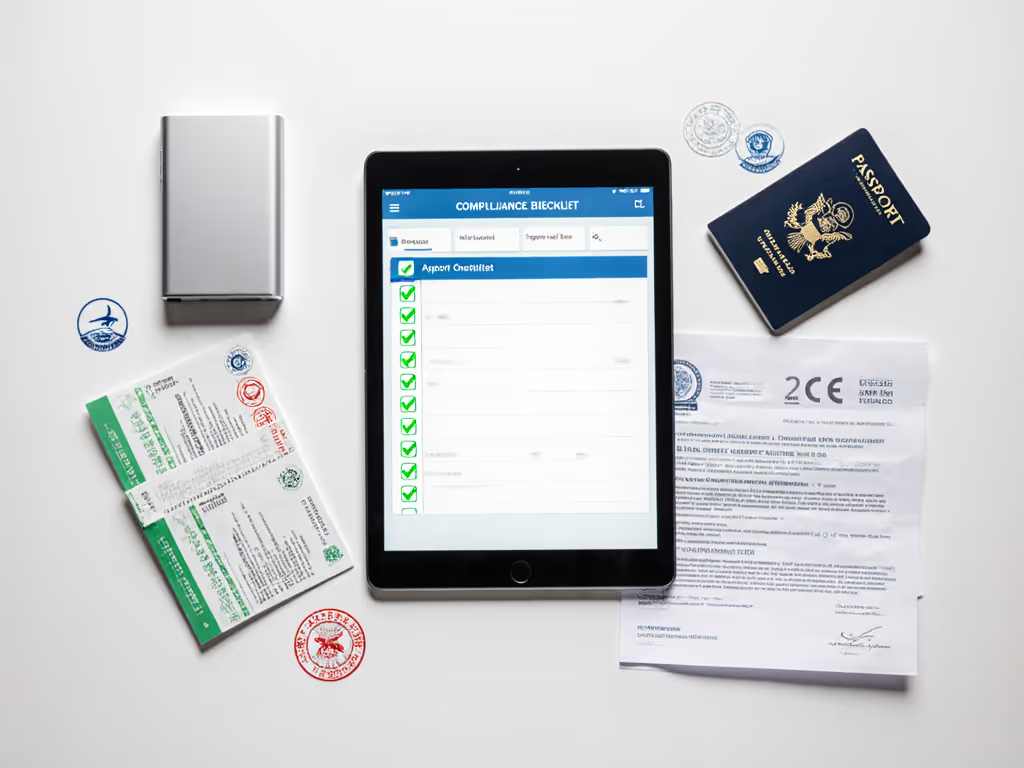
Further Exploration: Level Up Your Power Readiness
Mastering PD vs QC requires protocol-level verification, not assumption. For your next deployment:
- Download the USB-IF PD Compliance Program v3.1 to decode Source_Capabilities messages
- Cross-reference IATA Resolution 625 with FAA CFR §175.10 for region-specific Wh limits
- Perform UN38.3 Section 38.3.4.5 short-circuit tests using a dummy load (document voltage decay)
Compliance isn't bureaucracy; it's the difference between a power bank that works and one that works when it counts. Demand documentation, test protocols, and clear acceptance criteria, because in high-stakes environments, your power bank's safety certification is the only spec that matters when the lights go out.

